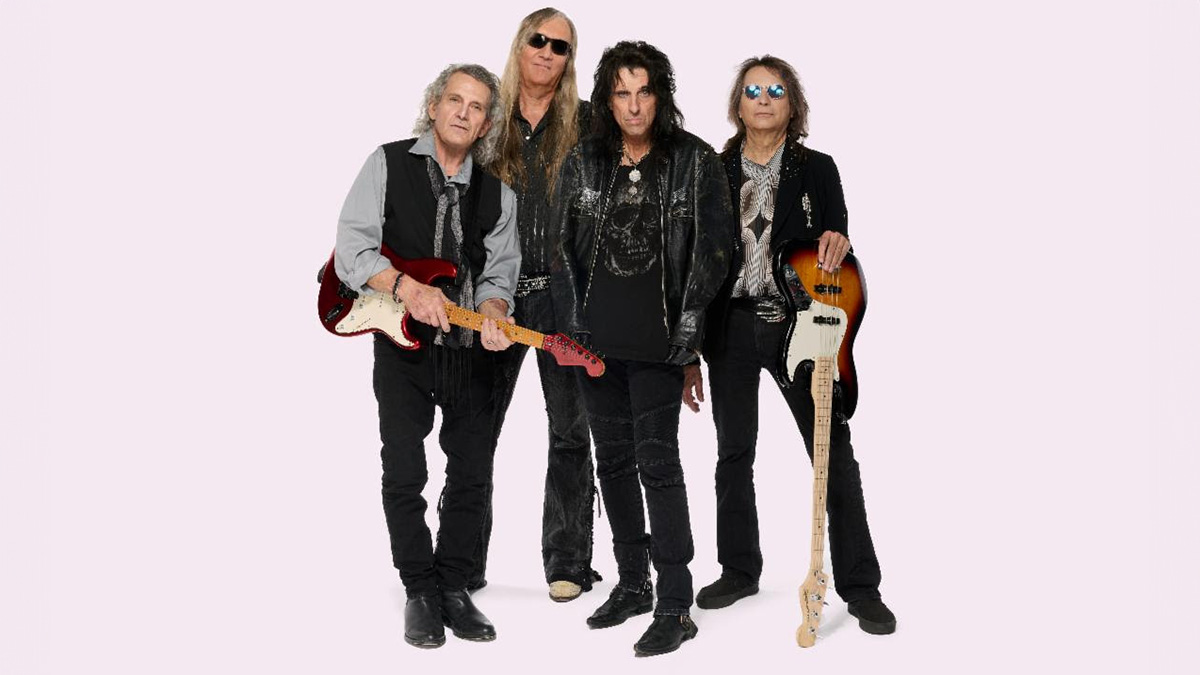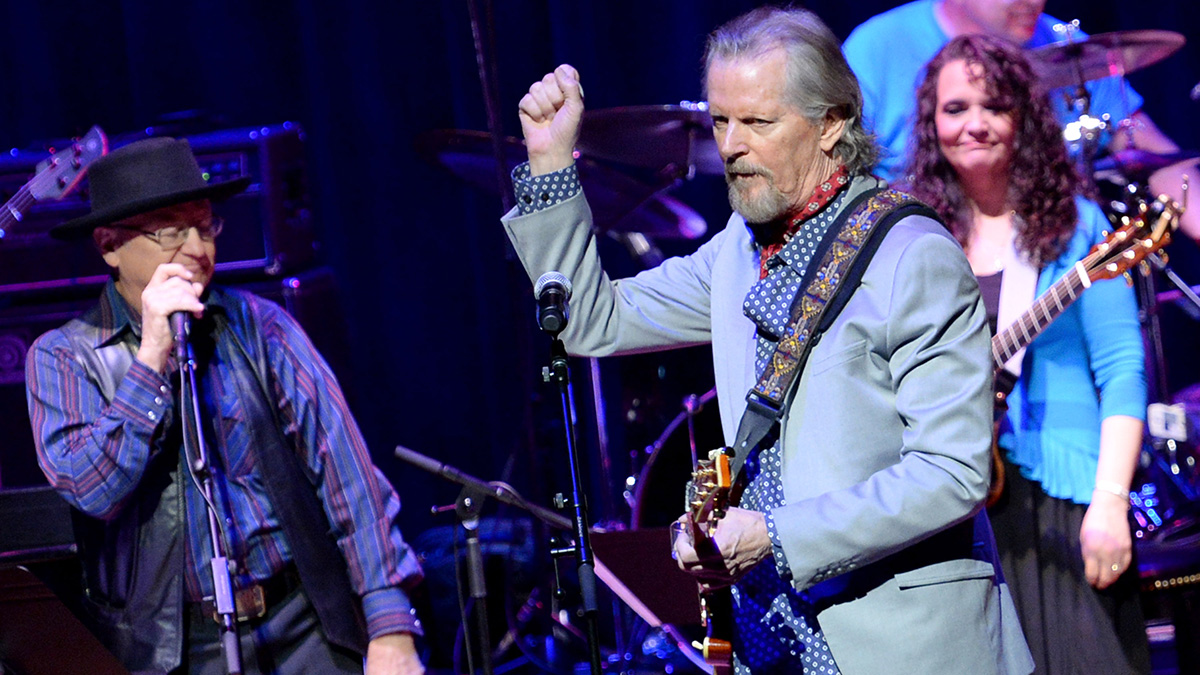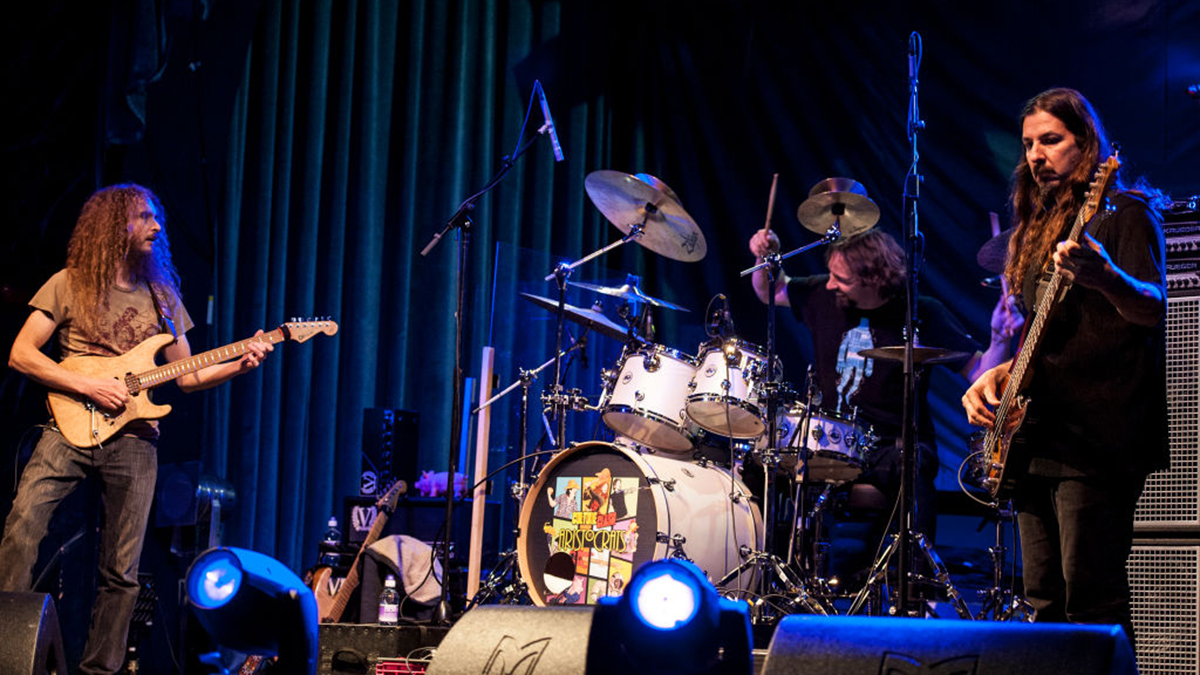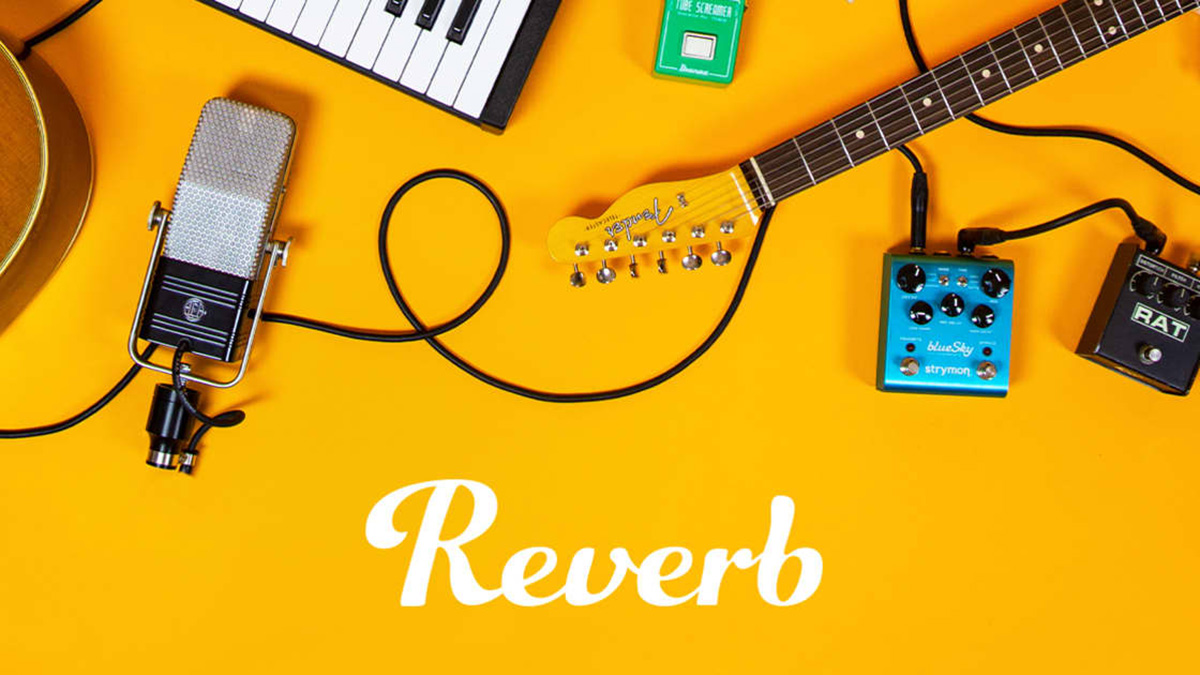“I think Eddie got rubbed up the wrong way because we had another superstar guitar player in our lineup”: Eddie Van Halen apparently left Peavey because it signed a second standout shredder – Joe Satriani
Van Halen had developed his Wolfgang and 5150 with Peavey, but the firm’s current CEO reckons Satch’s arrival ultimately convinced him to leave
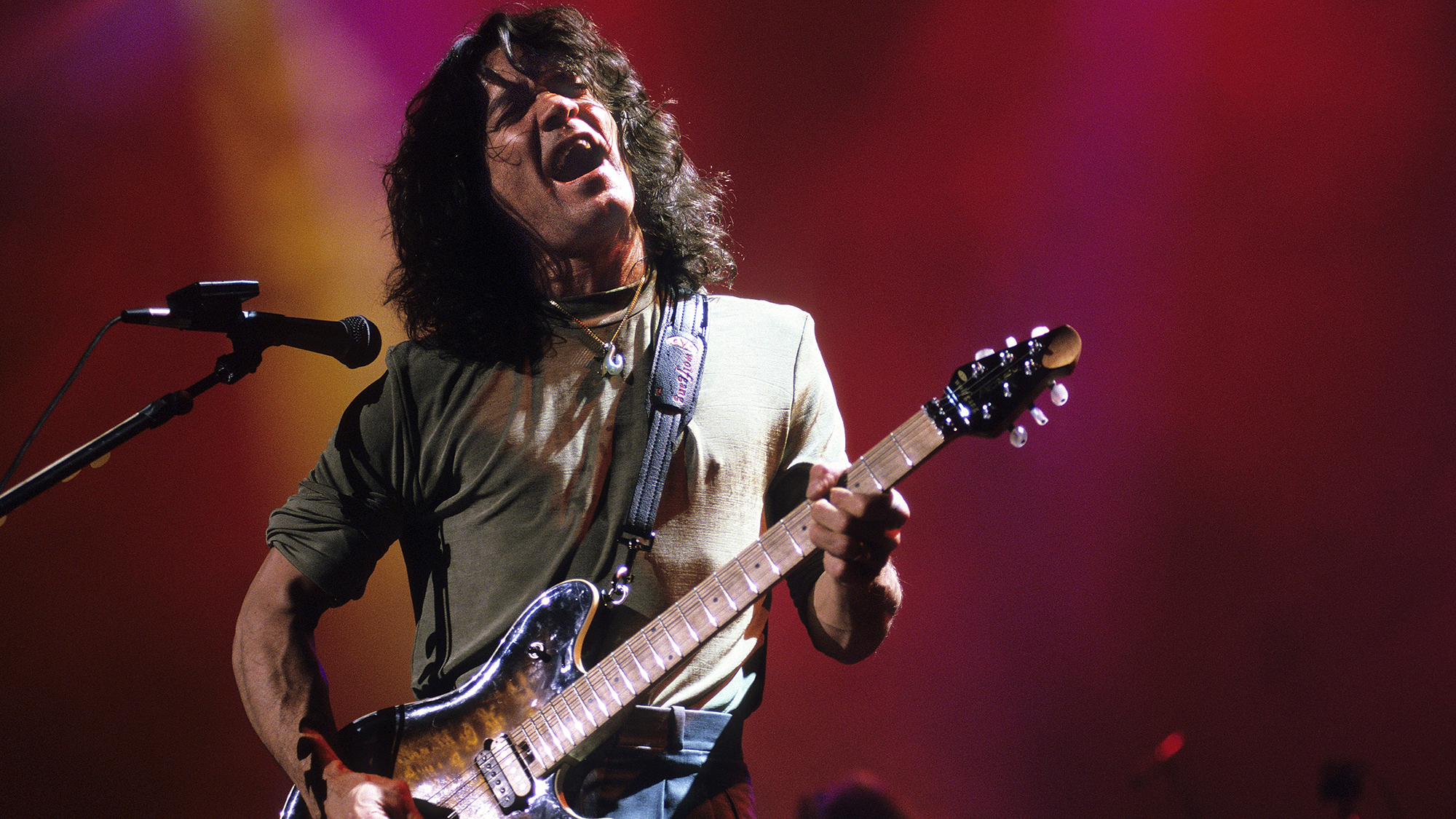
Peavey CEO Courtland Gray has shed new light on Eddie Van Halen’s split from the company in the early 2000s, and suggested the recruitment of a second superstar shredder prompted the Eruption virtuoso to up sticks and leave.
In 2004, Van Halen and Peavey brought an end to their partnership, which – following its onset in the mid 1990s – had produced both the now-iconic Wolfgang electric guitar and a series of 5150 guitar amps.
The split seemed amicable at the time, and around a year later Van Halen was teaming up with Fender to establish the EVH brand we know today.
Van Halen reportedly kept the Wolfgang and 5150 trademarks, and under the EVH brand, the late guitar god continued to refine his signature guitar vision and began producing the EVH Wolfgang – a model that is still in production today.
Though it seemed like a straightforward split, a new Guitar World interview with Peavey CEO Courtland Gray has suggested otherwise – and it seems Van Halen’s departure wasn’t just motivated by a desire to create his own company.
Instead, as Gray puts it, it was because another superstar shredder had been signed to Peavey’s artist ranks, and Van Halen wasn’t too keen. Specifically, Gray argues that the arrival of Joe Satriani – and the creation of his signature JSX amp – pushed Van Halen away.
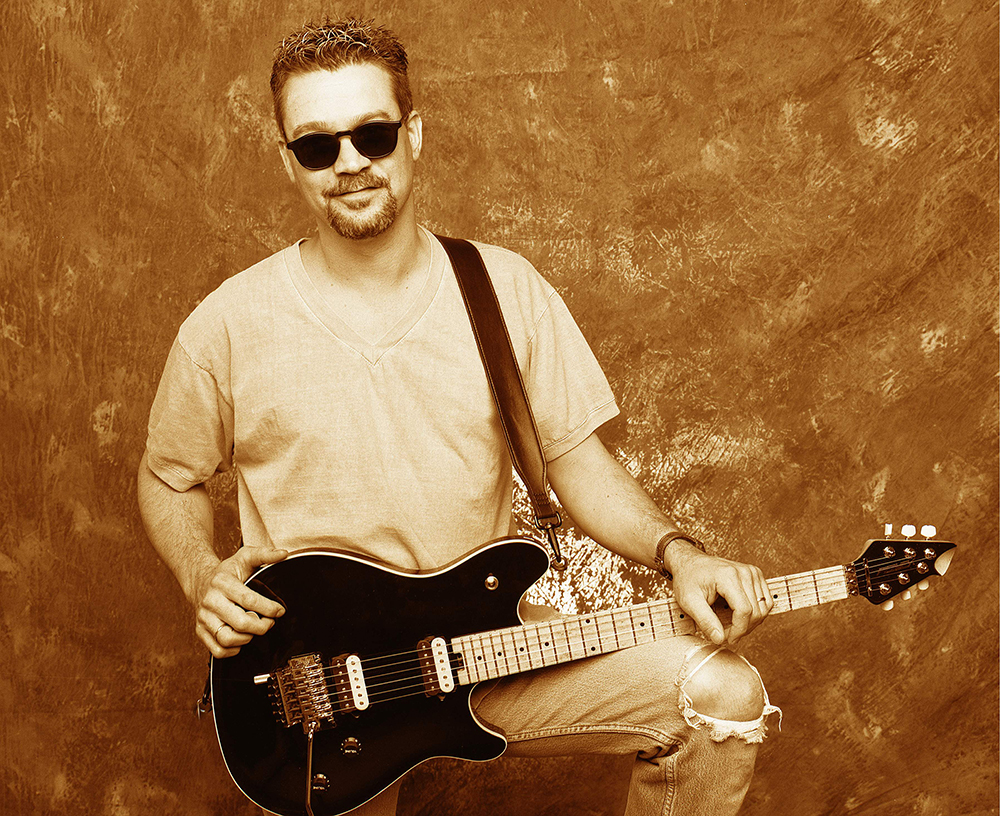
“The best we can figure is that we joined up with Joe Satriani and made a signature amp with him called the JSX,” Gray theorizes. “I think Eddie got rubbed up the wrong way because we had another superstar guitar player in our lineup, and he always figured he was the artist for Peavey. So he decided to leave.”
Get The Pick Newsletter
All the latest guitar news, interviews, lessons, reviews, deals and more, direct to your inbox!
Gray confirms the 5150 name remained with Van Halen, but “it was part of the agreement that we wouldn’t make the guitar if he didn’t make the amp”.
“Shortly thereafter, we were at a trade show and heard this amp that sounded just like a 5150,” Gray remembers. “And sure enough, he’d come out with his own version. I think he even used our engineer to develop the new one.
“That was in 2005, around our 40th anniversary. Having been founded in 1965, we decided to call our amp the 6505.”
That Van Halen would apparently be rattled by Satch’s arrival in the Peavey ranks is rather ironic, especially given the fact it was Satriani who was tasked with performing EVH’s guitar parts during the recent Best of All Worlds tour with Sammy Hagar.

Although EVH and Peavey would split and continue to mirror each other’s releases, the time they spent working together had been hugely informative.
“As I recall, Eddie was looking at doing his own amp,” Gray says of the partnership’s origin. “He contacted us about making some amps and guitars and started working with our engineers on the heads first, going back and forth, testing things out.
“Eddie spent a lot of time over here in Meridian, checking the tones and tweaking everything bit by bit to make a great product. I guess it must have been a big shock when little Peavey in Mississippi got the biggest guitar hero out there working on a signature product.”
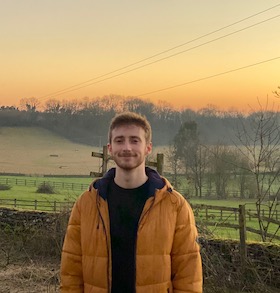
Matt is the GuitarWorld.com News Editor. He has a Masters in the guitar, a degree in history, and has spent the last 16 years playing everything from blues and jazz to indie and pop. When he’s not combining his passion for writing and music during his day job, Matt records for a number of UK-based bands and songwriters as a session musician.
You must confirm your public display name before commenting
Please logout and then login again, you will then be prompted to enter your display name.
“Such a rare piece”: Dave Navarro has chosen the guitar he’s using to record his first post-Jane’s Addiction material – and it’s a historic build
“The best guitar player I ever heard”: Nashville guitar extraordinaire Mac Gayden – who worked with Bob Dylan, Elvis, Linda Ronstadt and Simon & Garfunkel – dies at 83
